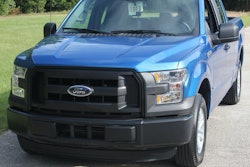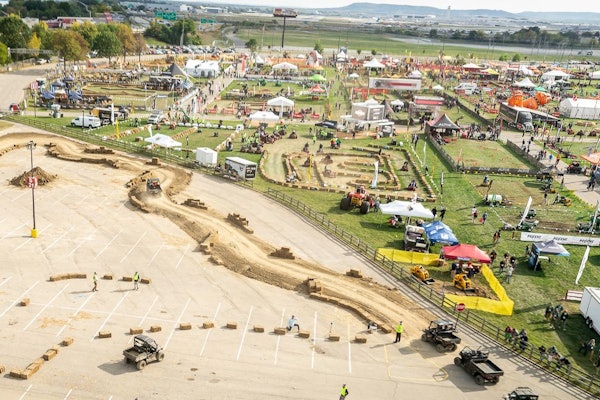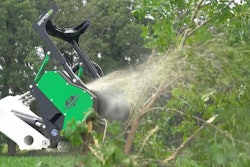 Cold frames can help protect edibles from frosts without being a costly investment like a green house.
Cold frames can help protect edibles from frosts without being a costly investment like a green house.Photo: Ofer El-Hashahar/Flickr
If your customers have been trying out edible gardening this fall, they may think there is nothing left to do this year, but you can inform them there are still winter crops to both plant and harvest.
Cool-season crops such as garlic, leeks, onions, radishes, lettuce, peas, carrots, chard, spinach and other leafy greens do best when they are allowed to mature during cool weather.
Depending on what variety your client buys, certain vegetables like peas, broccoli, spinach, cabbage, kale and carrots can even tolerate frost.
If your customers are looking to grow a winter garden but live in northern latitudes or higher elevations, pass on the following tips to protect their produce from frost:
Cover up
If early frosts are a problem, using floating row covers can help keep the plants around 4 degrees Fahrenheit warmer than the air temperature. Remember to vent the covers on warm days as the heat can build up. Pretty much any covering can work, but it is important to make sure that heavier materials are propped up so they don’t crush the plants.
Cold frame
For those who really want to extend their growing season, a more permanent investment like a cold frame is a good idea. These structures can either be bought or built. Use a thermometer in the cold frame to determine when the window needs to be opened.
If daytime temperatures climb above 50 degrees Fahrenheit, slide the window to the side to let the heat out and then close it back up when the temperature drops below 45 degrees.
Mulch
It’s important to insulate the soil for root crops like carrots, radishes and turnips. Apply 10-12 inches of mulch over these rows to keep the soil around 35 to 40 degrees. Once these crops are well covered, your customer can harvest them as needed during the winter.
As for when it is time for your clients to harvest their bounty, this will vary depending on what edibles they planted and when they planted them.
A good rule of thumb to share with customers is that the prime time for harvesting vegetables is in the early morning. By midday the plant’s moisture will evaporate, causing leafy greens to be wilted if harvested too late in the day. Other types of vegetables aren’t as susceptible so they can be picked in the evening as well.









